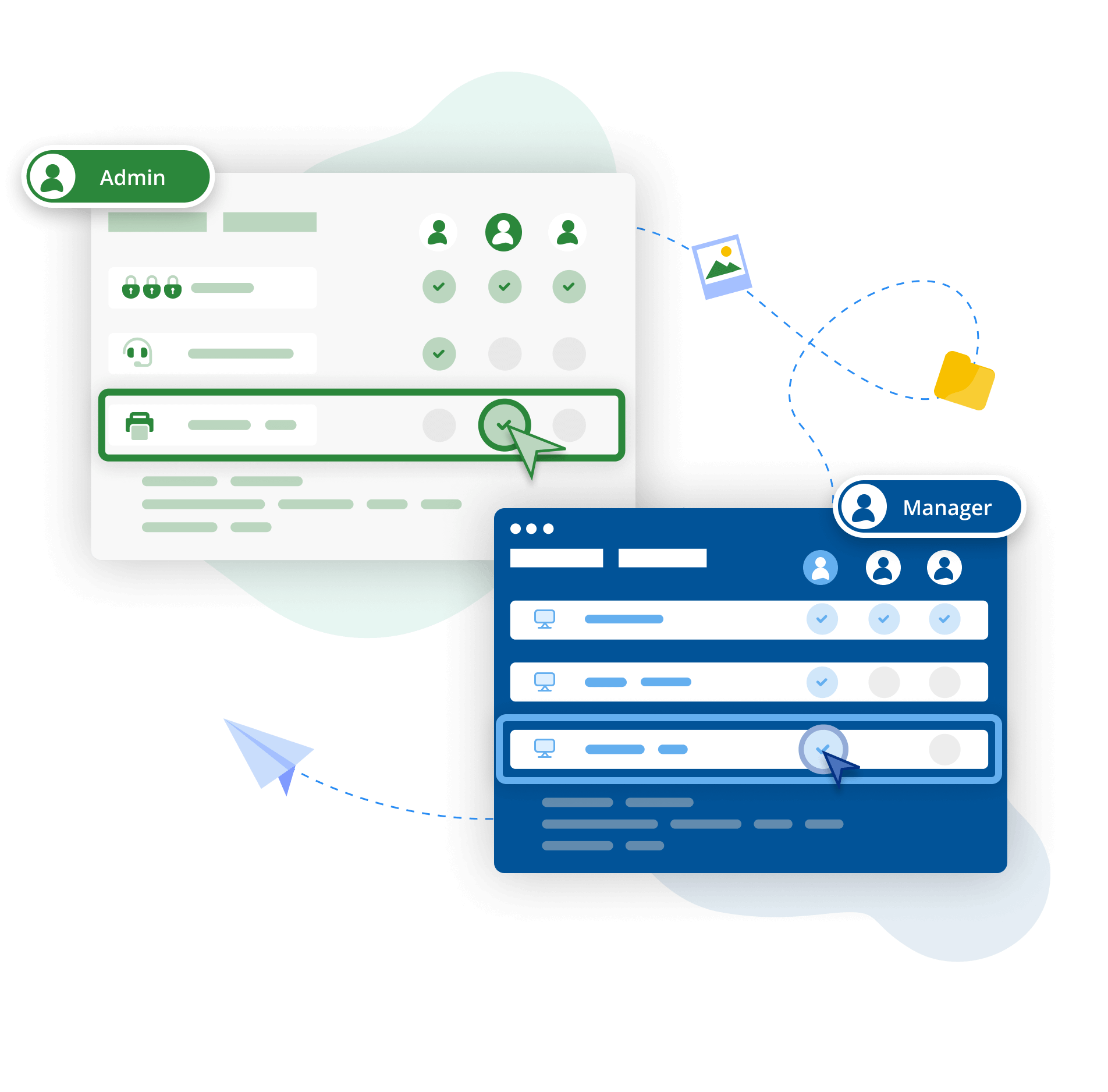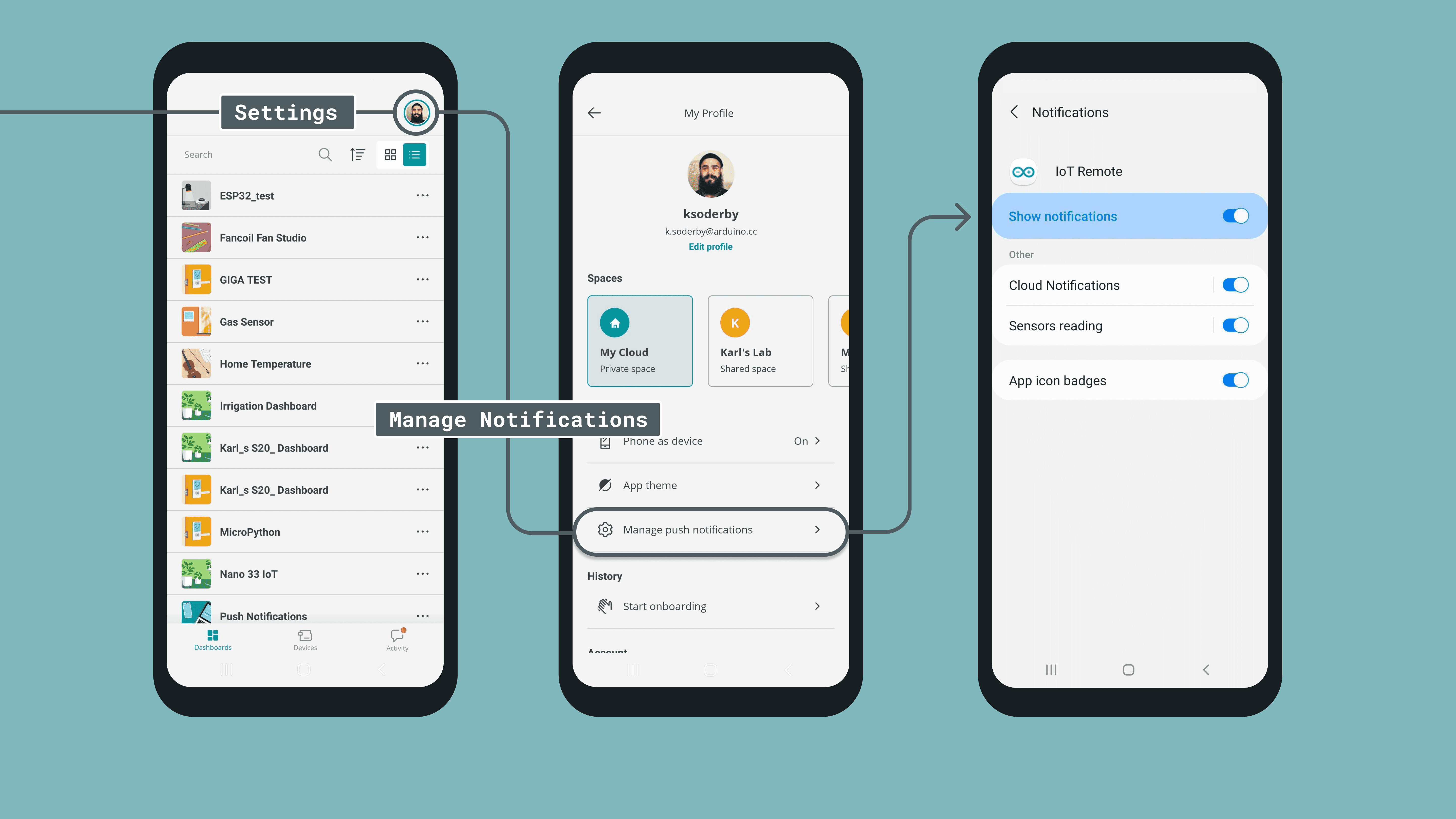Hey there, tech enthusiasts! If you've been scratching your head trying to figure out how to set up a seamless IoT remote VNC connection, you're in the right place. In this comprehensive guide, we'll break down everything you need to know about IoT remote VNC and help you master remote access like a pro. Whether you're a beginner or an experienced techie, this tutorial's got your back, fam.
Let’s face it—remote work is here to stay, and with the rise of IoT (Internet of Things), being able to remotely access your devices has become more critical than ever. But here's the thing: not everyone knows where to start or how to set up IoT remote VNC connections without running into hiccups. That's why we're here—to make it simple, clear, and fun!
This tutorial isn't just about teaching you how to connect remotely; it's about empowering you with the knowledge to troubleshoot issues, optimize performance, and ensure your data stays safe. So, buckle up and let's dive right in. Your IoT remote VNC journey starts now!
- Highland Rehab Center Utah A Beacon Of Hope For Recovery
- Penelope Menchaca Leaked The Truth Behind The Viral Sensation
Table of Contents
- What is IoT Remote VNC?
- Benefits of Using IoT Remote VNC
- Getting Started with IoT Remote VNC
- Step-by-Step IoT Remote VNC Setup
- Troubleshooting Common Issues
- Securing Your IoT Remote VNC
- Tools and Software You Need
- Optimizing Performance
- Real-World Applications
- Conclusion
What is IoT Remote VNC?
First things first, let's break down what IoT remote VNC actually means. VNC (Virtual Network Computing) is a tech that lets you control one computer from another over a network connection. When you combine this with IoT, you get a powerful setup where you can remotely control IoT devices from anywhere in the world. Simple, right?
IoT remote VNC is like having a magic wand that lets you access all your IoT devices without being physically present. It's super handy for managing smart home systems, monitoring industrial equipment, or even troubleshooting issues on remote servers.
And here's the kicker—IoT remote VNC isn't just about convenience. It's about efficiency, cost-effectiveness, and staying ahead of the game in an increasingly connected world.
- James Deen The Rise Fall And Legacy Of A Controversial Porn Icon
- Cassie Muffaro The Rising Star Redefining Hollywoods Landscape
How Does IoT Remote VNC Work?
Alright, let's get a little nerdy here. When you set up an IoT remote VNC connection, you're essentially creating a bridge between your local device and the remote IoT device. This bridge allows you to send commands, view screens, and interact with the remote system as if you were sitting right in front of it.
- Server Side: The IoT device runs a VNC server that shares its screen and accepts input from remote clients.
- Client Side: Your computer or mobile device runs a VNC client that connects to the server and displays the remote screen.
- Network Connection: The magic happens over a secure network connection, often using protocols like SSH or TLS to keep things safe.
It’s like having a virtual handshake between your device and the IoT system, but way cooler.
Benefits of Using IoT Remote VNC
Now that we've covered the basics, let's talk about why IoT remote VNC is such a game-changer. Here are some of the top benefits you’ll enjoy:
- Flexibility: Work from anywhere, anytime. No more being tied to a physical location.
- Cost Savings: Reduce travel expenses by managing remote devices without leaving your desk.
- Increased Productivity: Quickly resolve issues and keep your IoT systems running smoothly.
- Security: With the right setup, IoT remote VNC can be as secure as a bank vault.
Plus, it's just plain awesome to be able to control your IoT devices from the comfort of your couch. Who wouldn't want that?
Getting Started with IoT Remote VNC
Before you dive headfirst into setting up your IoT remote VNC connection, there are a few things you need to prepare. Think of it like gathering your tools before starting a big project—prep work is key!
Here’s what you’ll need:
- An IoT device with VNC server capabilities.
- A reliable internet connection.
- A VNC client installed on your local device.
- A basic understanding of networking concepts (don’t worry, we’ll guide you through it).
Once you’ve got all your ducks in a row, you’re ready to move on to the next step. But wait—there’s more!
Choosing the Right VNC Client
Not all VNC clients are created equal. Some are better suited for certain tasks than others. Here are a few popular options to consider:
- TightVNC: Lightweight and easy to use, perfect for beginners.
- RealVNC: Feature-rich and widely used in enterprise environments.
- UltraVNC: Offers advanced features like file transfer and encryption.
Pick the one that best suits your needs, and you’re good to go!
Step-by-Step IoT Remote VNC Setup
Alright, let’s get our hands dirty and set up that IoT remote VNC connection. Follow these steps carefully, and you’ll be up and running in no time.
Step 1: Install the VNC Server on Your IoT Device
First things first, you need to install a VNC server on your IoT device. The process varies depending on the device, but most IoT platforms have pre-built VNC packages you can install easily.
For example, if you’re using a Raspberry Pi, you can enable the VNC server through the Raspberry Pi Configuration tool. Easy peasy!
Step 2: Configure the VNC Server
Once the server is installed, you’ll need to configure it. This usually involves setting a password, adjusting screen resolution, and enabling encryption for security purposes.
Don’t skip this step—it’s crucial for keeping your connection safe from prying eyes.
Step 3: Connect to the VNC Server
Now it’s time to connect to your IoT device from your local machine. Fire up your VNC client, enter the IP address of your IoT device, and voilà—you’re in!
If everything goes smoothly, you should see the remote screen displayed on your local device. Pretty cool, huh?
Troubleshooting Common Issues
Let’s be real—things don’t always go as planned. If you run into any issues while setting up your IoT remote VNC connection, don’t panic. Here are some common problems and how to fix them:
- Connection Refused: Make sure the VNC server is running and that there are no firewall rules blocking the connection.
- Authentication Failed: Double-check your password and ensure it matches the one set on the VNC server.
- Slow Performance: Try adjusting the screen resolution or enabling compression to improve speed.
Still stuck? Hit up some online forums or reach out to the VNC community for help. There’s always someone willing to lend a hand.
Securing Your IoT Remote VNC
Security should always be a top priority when working with IoT remote VNC. After all, you don’t want random strangers snooping around your devices, do you?
Here are a few tips to keep your connection secure:
- Use strong, unique passwords for your VNC server.
- Enable encryption to protect your data in transit.
- Limit access to trusted IP addresses only.
By following these best practices, you’ll significantly reduce the risk of unauthorized access and keep your IoT devices safe.
Tools and Software You Need
Setting up an IoT remote VNC connection requires a few key tools and software. Here’s a quick rundown of what you’ll need:
- A VNC server compatible with your IoT device.
- A VNC client for your local machine.
- A reliable network connection with sufficient bandwidth.
Some additional tools, like SSH clients or port forwarding utilities, might come in handy depending on your setup. Don’t be afraid to experiment and find what works best for you.
Optimizing Performance
Performance is key when it comes to IoT remote VNC. Nobody likes a laggy connection or a slow-loading screen. Here are a few tips to help you optimize your setup:
- Adjust the screen resolution to match your needs.
- Enable compression to reduce bandwidth usage.
- Use a wired connection instead of Wi-Fi for better stability.
With these tweaks, you’ll be able to enjoy a smooth and responsive remote access experience.
Real-World Applications
IoT remote VNC isn’t just a theoretical concept—it has real-world applications that can make a big difference in various industries. Here are a few examples:
- Smart Homes: Remotely control your smart home devices and monitor your security cameras.
- Industrial Automation: Manage and troubleshoot industrial equipment from a central location.
- Healthcare: Enable remote consultations and monitoring of medical devices.
The possibilities are endless, and the impact can be life-changing.
Conclusion
And there you have it—your ultimate guide to IoT remote VNC mastery. We’ve covered everything from the basics to advanced tips and tricks, ensuring you’re well-equipped to tackle any challenge that comes your way.
Remember, the key to success with IoT remote VNC is preparation, patience, and persistence. Don’t be afraid to experiment and learn from your mistakes. The more you practice, the better you’ll get.
So, what are you waiting for? Go ahead and set up that IoT remote VNC connection. And when you’re done, don’t forget to share your experience in the comments below. Your feedback helps us improve and create even better content for you.
Stay curious, stay tech-savvy, and most importantly—stay awesome!
- Nissan Sentra For Sale In Milwaukee Your Ultimate Guide To Finding The Right Car
- Abraham Quintanilla Net Worth The Untold Story Of A Music Moguls Success


